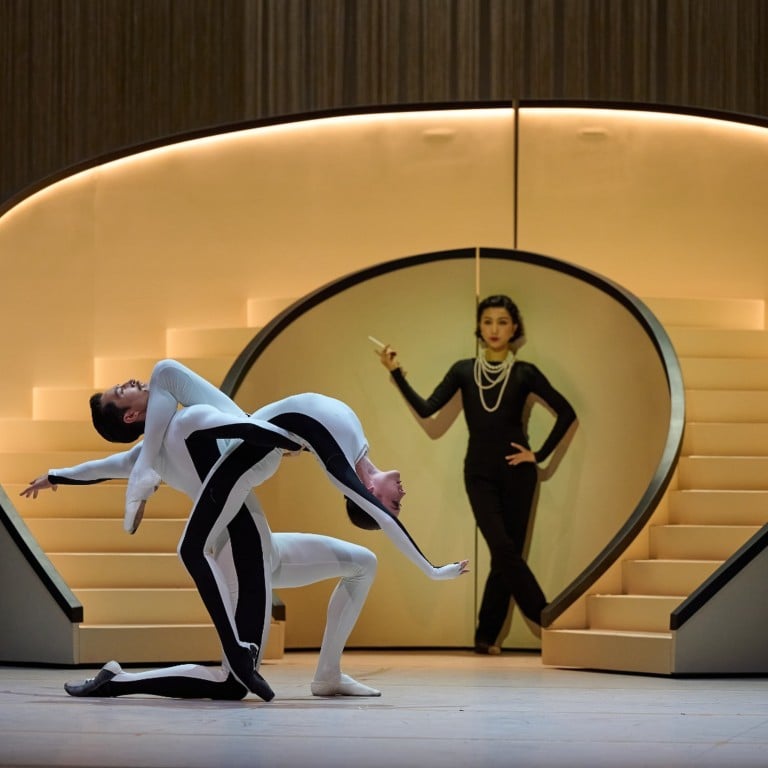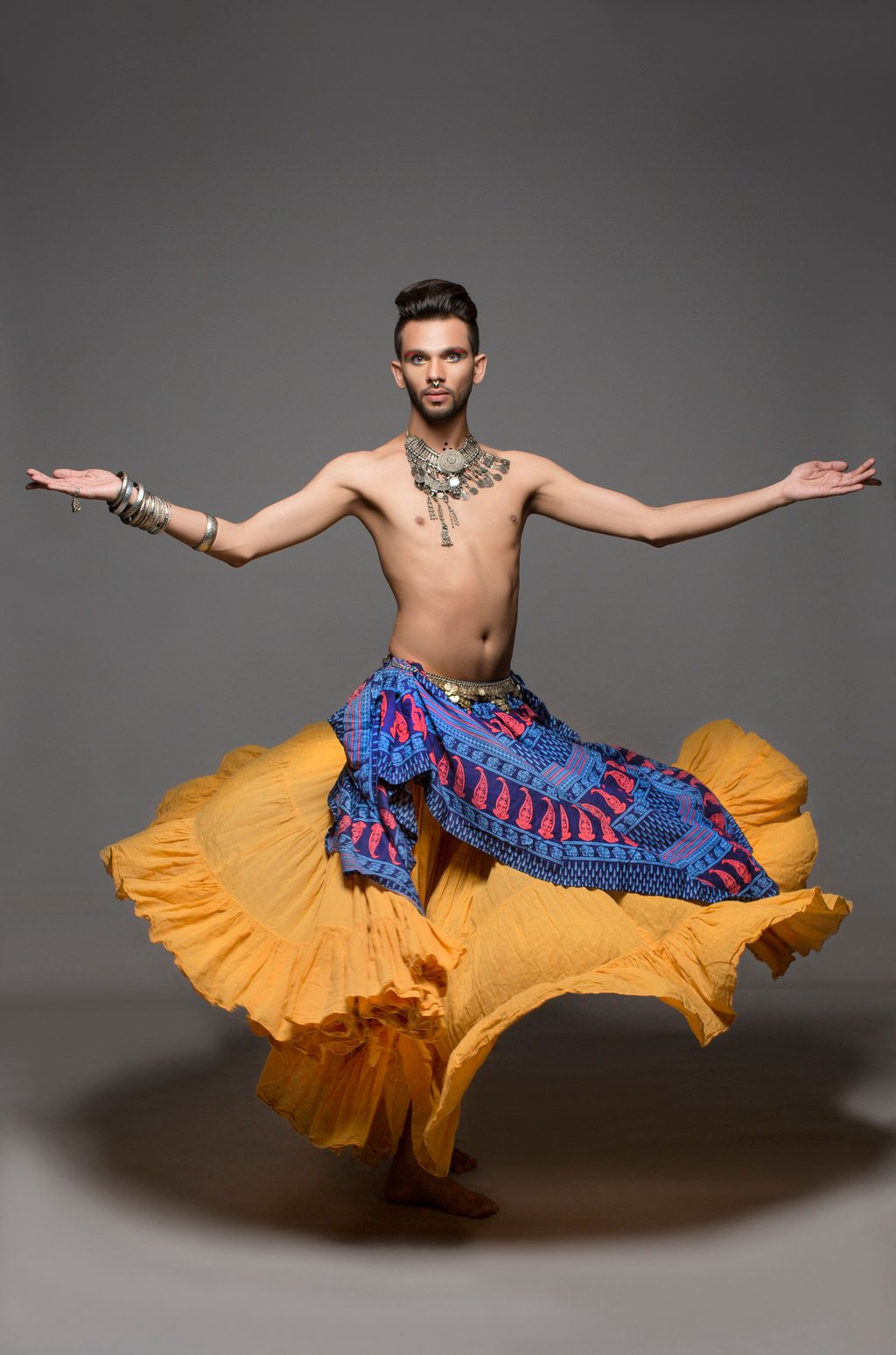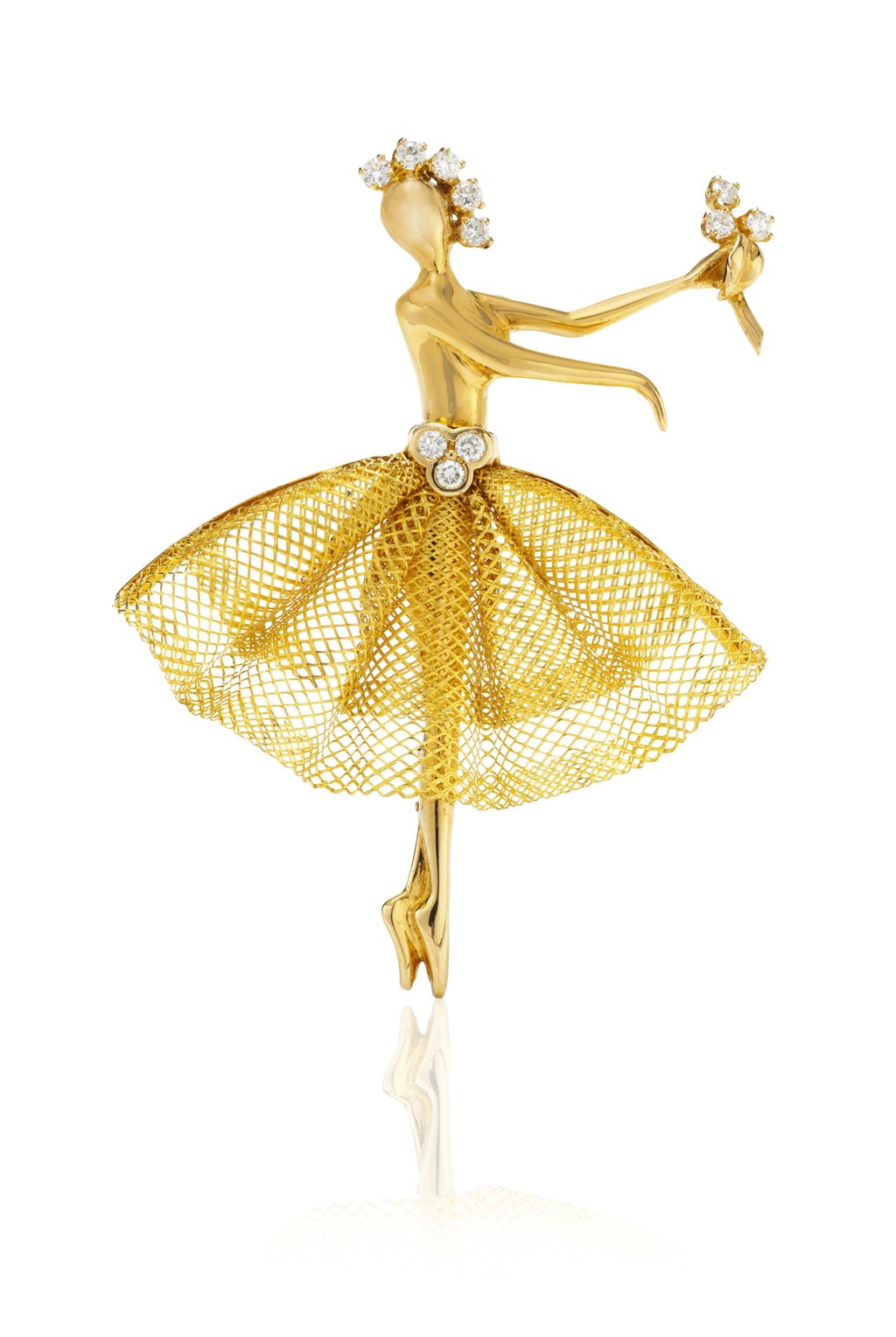Why dance and jewellery were made for each other – from Claude Arpels and ‘Coco’ Chanel’s famous standom, to René Lalique’s crystal centrepiece inspired by Stravinsky’s The Firebird suite

- Ancient Chinese dance, Middle Eastern belly dancing, Indian Karthak and European ballet – from the Renaissance to Tchaikovsky – all have seen dancers draped in jewels to enhance performances
- Annabelle Lopez Ochoa wrote Coco Chanel: The Life of a Fashion Icon for HK Ballet while Van Cleef & Arpels has worked with the L.A. Dance Project, the Royal Opera House in London and the Bolshoi Theatre in Moscow
Dance is evidently one of the oldest forms of artistic expression, frequently appearing in prehistoric cave paintings. And as long as human beings have been moving in time to a beat or melody, we’ve been enhancing our performances with bodily adornments and decorations – jewellery.
In addition to costumes and body paint, for thousands of years, African dancers have added colour and percussive effects to their movements with vibrant headdresses, neckwear, bracelets and earrings made from materials such as shells, beads, bones, feathers or metals.

In the Middle Eastern dance form of raqs sharqi – more commonly known as belly dancing – dancers don jingling coin belts, bracelets and finger cymbals, as well as earrings, anklets, headpieces and necklaces (most notably, the Hand of Fatima, a good luck talisman).
Throughout much of traditional Chinese dance’s 4,000-year history, dancers have dressed in jewellery made from precious materials such as gold, jade and pearls. Ornate bejewelled headwear that harks back to the fengguan crowns once worn by empresses and emperors’ concubines has long featured onstage in Chinese musical theatre and dance.

Jewellery is also integral to Indian classical dance disciplines such as Kathak, which dates back to around 400BC. In this ancient dance form, jewellery serves several purposes beyond merely making dancers more dazzling in appearance. For instance, the maang tikka headpiece worn by female dancers represents the third eye and a connection to the divine, while bell-adorned anklets known as ghungroos not only visually accentuate foot movements, but also create a rhythmic sound that augments the musical accompaniment.
The Renaissance period in Europe saw the emergence of ballet, a discipline that has embraced the use of jewellery as an onstage adornment from its very earliest days. When the Ballet of the Nuns was performed at the French court of pioneering arts patron Catherine de’ Medici in the late 16th century, performers dripped in gold chains, pearls and pendants, while a 1653 performance of the Ballet de la Nuit staged for Louis XIV featured dancers adorned in elaborate jewellery including necklaces, bracelets and tiaras.

In Tchaikovsky’s famous 1890 ballet The Sleeping Beauty, the lead Princess Aurora wore a suitably regal costume featuring a crown, necklace and earrings embellished with diamonds and pearls. Two decades later, Igor Stravinsky’s masterpiece The Firebird similarly saw the prima ballerina of the Ballets Russes draped in a bejewelled headdress and necklace.